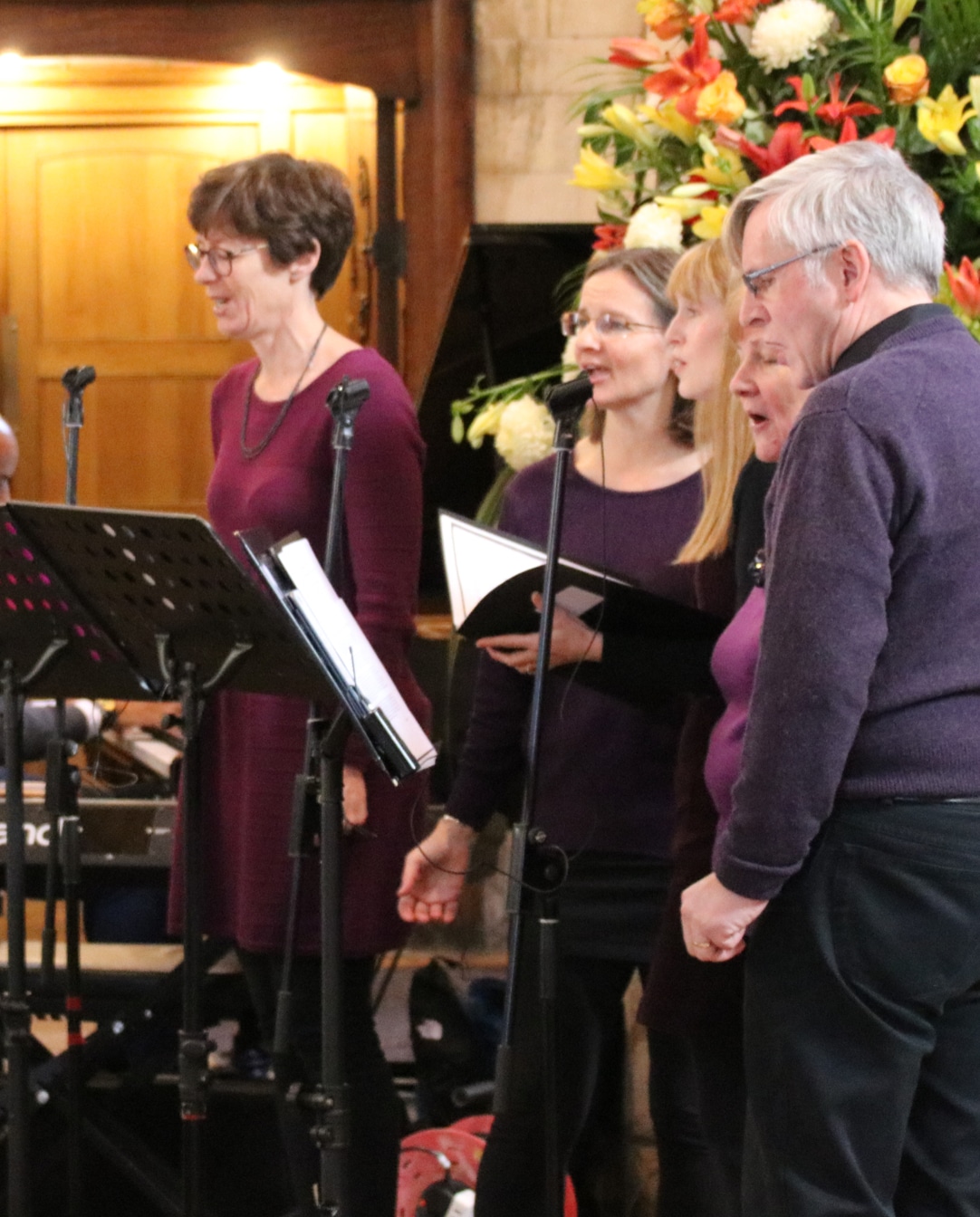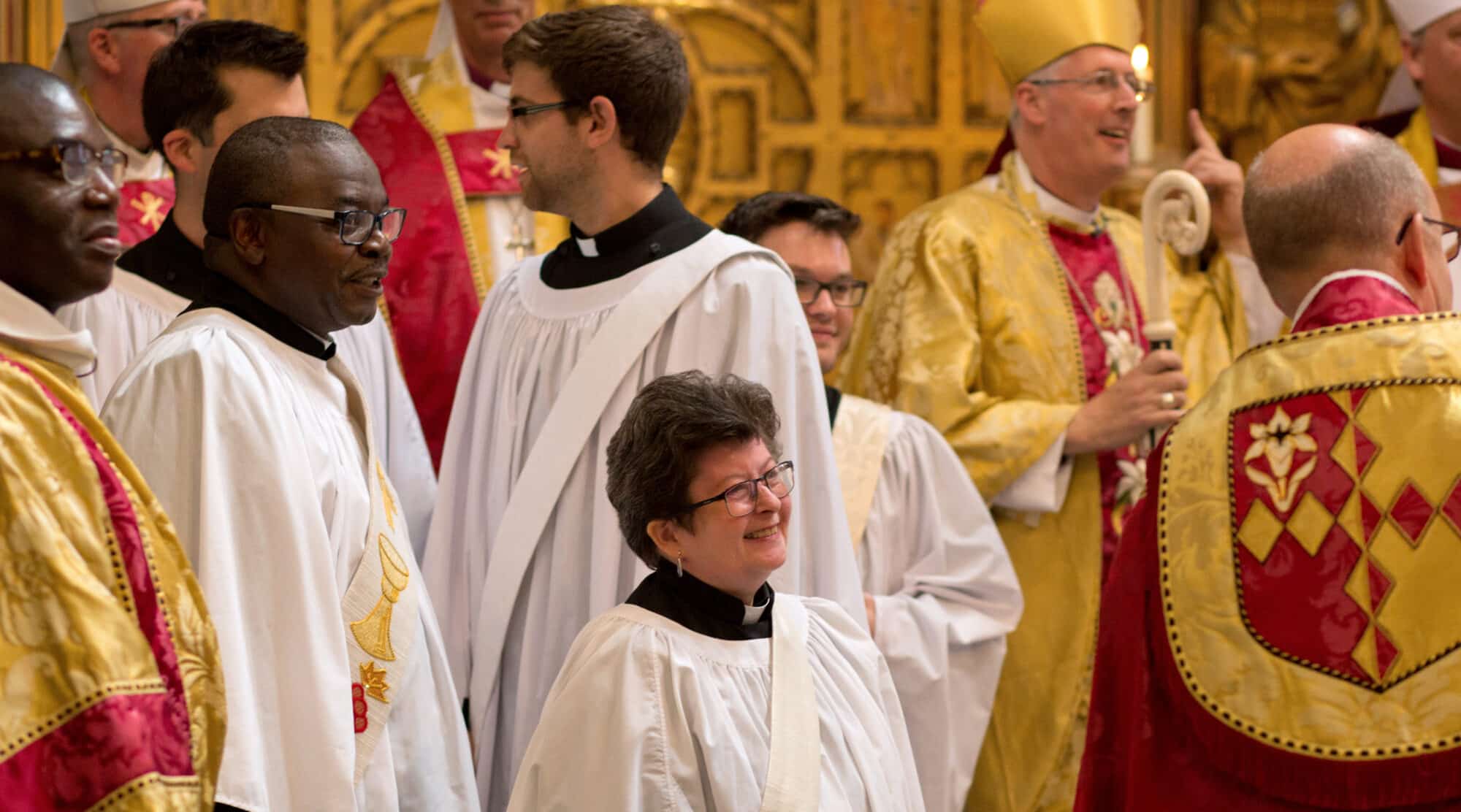- 17 October: Letter regarding Reinforced Autoclaved Aerated Concrete from our archdeacons RAAC Letter October 2023
RAAC is a lightweight form of precast concrete, frequently used in public sector buildings in the UK from the 1950s to the 1990s. Mainly found in roofs and occasionally in floors and walls, RAAC is less durable than traditional concrete, with a lower structural loading capacity than other generic reinforced concrete products.
As each church building is professionally inspected every five years through a quinquennial inspection, the presence of RAAC should have been noted as part of those inspections. A church from the era when the material was used, that is of concrete construction, would be advised to confirm with their inspector if there is any risk, if they are not already aware.
The guidance and helpful tips below have been released by the Church Buildings Council as a way to help with the identification of RAAC and provide advice on the next steps should RAAC be found within a church, church hall or other parochial building.
Were any parts of your church, church hall, or other parochial building built between 1950 and 1990?
- Reinforced Autoclaved Aerated Concrete (RAAC) was used a building material between 1950 and c.1990. It is made from a combination of cement, lime, water, and an aeration agent. The mixture is poured into moulds and then subjected to high pressure and heat, known as autoclaving, to create a lightweight, strong, and porous material. There have been widespread reports in the news over concerns about the safety of buildings that incorporate RAAC in their construction. The concerns centre on the sudden failure of the material in particular circumstances. When correctly specified and installed, RAAC is considered safe when it is well maintained and not been subject to water ingress into its structure. For a fuller explanation of the material see this expert explainer by Professor Chris Goodier. This news story includes clear illustrations of the material.
- Should you be responsible for a building built during the timespan 1950 to 1990 and suspect that this material is present, perhaps in a concrete ceiling or wall panels, as a precaution you are advised to contact your church architect, surveyor or other professional appointed to conduct the quinquennial inspection and either arrange for a further inspection or to confirm that the material is not present. Remember to include extensions, halls and other buildings owned by the church in any review. Where possible, any records relating to the construction of a building/extension should be consulted, to see if RAAC was mentioned.
- If the building does contain RAAC your professional advisor who inspected the building, or someone they nominate, will be able to inform you of the appropriate action to ensure the continued safe use of the building, which could be temporary measures if there is an immediate risk.
- A structural engineer with experience of RAAC may need to be instructed to carry out a more thorough inspection with the intention of identifying a long-term solution to the presence of RAAC.
- One common use for RAAC was as precast roof panels in flat roof construction, but it has been used in pitched roofs, floors and wall panels, in both loadbearing and non-loadbearing arrangements. The highest level of risk is associated with the use of RAAC in flat roofs, where the roof might collapse without warning.
- If buildings of a similar age/type in the local area are known to have RAAC roof planks (e.g. schools, hospitals, office-blocks), this could make it more likely for RAAC to be present in a church building.
- Initial identification can be done by someone who has responsibility for the building and its day-to-day running, using the Department for Education guidance note: Reinforced autoclaved aerated concrete: identification guidance (publishing.service.gov.uk). Self assessment is not a substitute for professional advice where there is a real likelihood of RAAC being present.
- If you find that you need an RAAC survey you should have your asbestos register available. (Advice on the duty to manage asbestos is available here.
- If RAAC is present you should inform your insurers. The Diocesan Advisory Committee (DAC) office should be kept informed of any proposed remedial work, which may require a faculty.
- However, in carrying out an inspection for RAAC, other Health & Safety protocols should be adhered, particularly around working at height (safe use of ladders / step-ladders) and the possible presence of asbestos:


